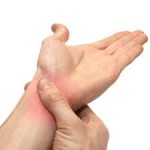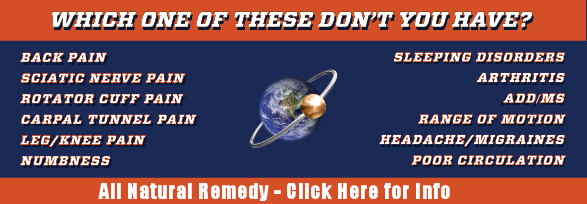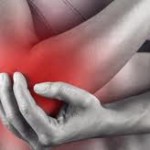 Arthritis is often referred to as a single disease entity but it is actually a generic term that is used for a group of over 100 different medical conditions. Each of these conditions collectively affects nearly 46 million adults and over 300,000 children in the United States alone. The most common form of arthritis is osteoarthritis and is most prevalent in people over the age of 60.
Arthritis is often referred to as a single disease entity but it is actually a generic term that is used for a group of over 100 different medical conditions. Each of these conditions collectively affects nearly 46 million adults and over 300,000 children in the United States alone. The most common form of arthritis is osteoarthritis and is most prevalent in people over the age of 60.
The word arthritis comes from the Greek word ‘arthron’ meaning joints in the Latin ‘itis’ meaning inflammation. And, while the majority of osteoarthritis affects individuals over the age of 60, some forms of arthritis can affect people at a very early age.
A specific explanation of arthritis is therefore very difficult to define because of the variety of conditions which fall under the medical term. However, the common thread among these conditions is that they all affect the musculoskeletal system, and most specifically the joints. A joint is an area of the body where two or more bones meet and often are able to articulate, creating the ability for motion.
Inside of each joint are a variety of different structural and physiological ways that the body works to protect each of the bones that meets inside the joints. This protection keeps the bones from rubbing on each other and causing damage. When an individual has an arthritic related joint problem it is often this protective system which are either degenerated or became injured.
Within each joint are also ligaments which hold the two bones together. These ligaments act like elastic bands which keep the bones in place when muscles relax or contract. Cartilage covers the surface of the bones to stop the two bones from rubbing directly on each other and the capsules surrounds the joint which has synovial fluid to nourish the joint and the cartilage. When something goes wrong within the system it can cause degeneration or destruction of a specific joint. What goes wrong will depend upon the type of arthritis which an individual suffers from and the initial cause.
| Advertisement | |
 |
|



Leave a Reply